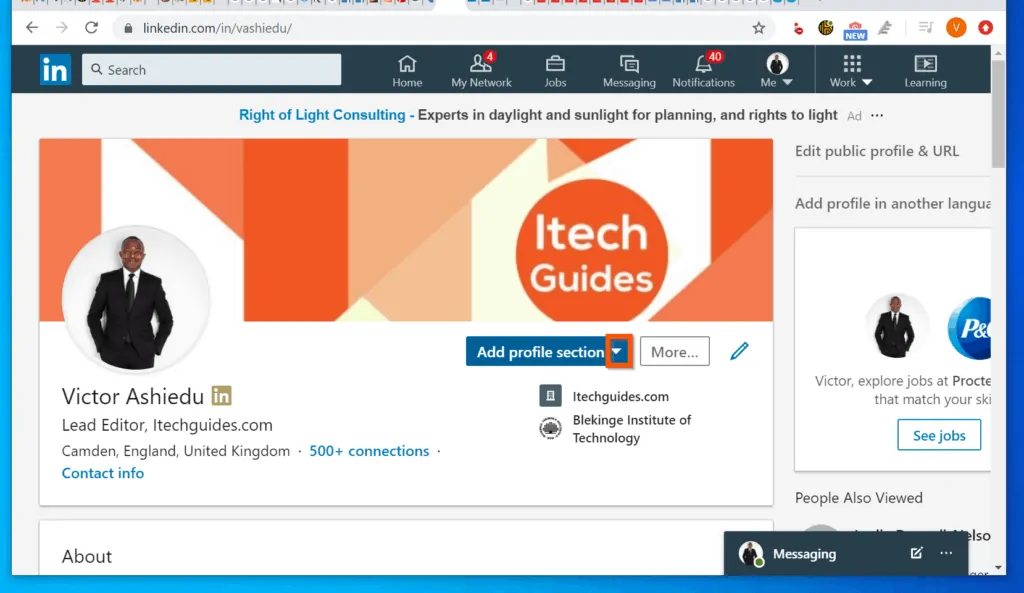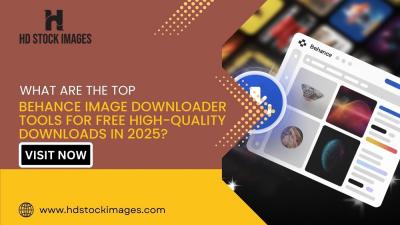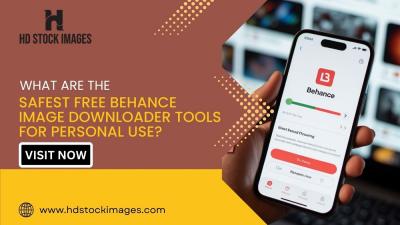In today's competitive job market, having a standout LinkedIn profile is essential. One of the best ways to enhance your profile is by adding your resume. This quick guide will walk you through why it's beneficial and how to do it effectively, ensuring that potential employers see your skills and experience at a glance. Let's dive in!
Why Adding Your Resume to LinkedIn is Important

Adding your resume to your LinkedIn profile can be a game-changer for your career. Here are a few compelling reasons why:
- Visibility: Recruiters often use LinkedIn as a primary tool for finding candidates. By showcasing your resume, you increase the chances of being discovered by potential employers.
- Comprehensive Overview: Your resume provides a complete picture of your career journey, including your skills, experiences, and accomplishments. This information helps recruiters assess your fit for their roles quickly.
- Professional Branding: A well-structured resume attached to your profile reinforces your personal brand. It communicates professionalism and attention to detail, which are key traits employers look for.
- Networking Opportunities: By sharing your resume, you can attract connections in your industry who may open doors to new opportunities. A strong network can lead to referrals and recommendations.
- Easy Updates: LinkedIn allows you to update your resume easily. Whenever you gain new skills or experiences, you can modify your LinkedIn profile, ensuring that your information is always current.
Moreover, having your resume readily available can streamline the application process. Instead of sending an email with attachments, you can direct potential employers straight to your LinkedIn profile. This not only saves time but also makes it easier for hiring managers to access your information.
In summary, adding your resume to your LinkedIn profile is more than just a formality; it’s a strategic move that enhances your job search efforts. So, don’t miss out on this opportunity to boost your chances of landing your dream job! Stay tuned for the next sections, where we’ll explore how to add your resume effectively.
Also Read This: Removing LinkedIn from Google Search Results: A Privacy Guide
3. Steps to Upload Your Resume to LinkedIn
So, you’re ready to showcase your resume on LinkedIn? Great choice! Adding your resume can enhance your profile and attract potential employers. Here’s a simple, step-by-step guide to help you upload your resume effortlessly:
- Log into Your LinkedIn Account: Start by signing in to your LinkedIn account. If you don’t have one yet, it’s high time you create your profile!
- Go to Your Profile: Click on your profile picture or the “Me” icon at the top of your LinkedIn homepage. Then select “View Profile” from the dropdown menu.
- Click on “Add Profile Section”: On your profile page, look for the “Add profile section” button, usually found near your profile picture. Give it a click!
- Select “Recommended” and then “Add Featured”: In the dropdown menu, navigate to the “Recommended” section and choose “Add Featured.” This will allow you to showcase your resume among other highlights.
- Upload Your Resume: You’ll see an option to add a document. Click on the “+” icon, choose “Media,” and select the resume file you want to upload from your device. Make sure it’s in a common format like PDF or DOCX.
- Add a Description: Once your resume is uploaded, it’s a good idea to add a brief description. This could include your career goals, the positions you’re targeting, or a summary of your skills. Make it enticing!
- Save Changes: After you’re satisfied with everything, don’t forget to save your changes. Your resume is now part of your LinkedIn profile, ready to be seen by recruiters!
And voilà! You’ve successfully uploaded your resume to LinkedIn. Remember, it’s not just about having your resume on display; it also reflects your professionalism and attention to detail. So, make sure it’s polished and up to date!
Also Read This: How to Change LinkedIn Open to Work: Updating Your Job Preferences on LinkedIn
4. Best Practices for Resume Format and Content
Having a well-formatted and content-rich resume is essential when uploading it to LinkedIn. Here are some best practices to keep in mind:
Format Tips:
- Choose the Right File Type: Always upload your resume as a PDF or DOCX file. These formats maintain formatting better than others.
- Keep It Clean: Use clear headings, bullet points, and enough spacing to make your resume easy to read. Avoid clutter!
- Consistent Font: Stick to one or two professional fonts. Arial or Calibri are great choices. Maintain consistency in font size and style across your document.
Content Considerations:
- Tailor It to Your Audience: Customize your resume for the roles you’re applying for. Highlight relevant skills and experiences that match job descriptions.
- Use Action Verbs: Start bullet points with strong action verbs like “achieved,” “managed,” or “developed” to convey your accomplishments effectively.
- Quantify Achievements: Whenever possible, use numbers to illustrate your achievements. For example, “Increased sales by 30% in six months” speaks volumes!
Lastly, keep your resume updated. Regularly revisit it to add new skills, experiences, or courses you’ve completed. Your LinkedIn profile is a living document—make sure it reflects your career journey effectively!
Also Read This: How to Get LinkedIn Top Voice Status and Build Your Influence
5. How to Optimize Your LinkedIn Profile After Uploading
Congratulations on uploading your resume to your LinkedIn profile! But hold on—there’s more to do to truly maximize your profile’s potential. Optimizing it can make a significant difference in how recruiters and employers view you. Here are some tips to ensure your profile stands out:
- Update Your Headline: Your headline should reflect your current role or career aspirations. Instead of just your job title, consider adding keywords related to your field. For example, instead of “Marketing Manager,” try “Digital Marketing Manager | SEO Expert | Content Strategist.” This doesn’t just tell people what you do; it shows them what you’re passionate about!
- Enhance Your Summary: Your summary is your chance to tell your story. It should complement your resume rather than repeat it. Use this space to highlight your professional journey, key accomplishments, and what you bring to the table. Make it engaging—don’t hesitate to sprinkle in a bit of personality!
- Use Rich Media: LinkedIn allows you to add various types of media to your profile. Consider uploading presentations, documents, or even videos that showcase your work. This can give potential employers a visual representation of your skills and achievements.
- Get Recommendations: Reach out to colleagues, supervisors, or clients to request recommendations. These testimonials add credibility to your profile and can help you stand out from the crowd. A few powerful words from someone you’ve worked with can make a lasting impression!
- Engage with Content: Don’t just be a passive user. Share articles, comment on posts, and participate in discussions relevant to your industry. This not only keeps your profile active but also positions you as a knowledgeable professional in your field.
By following these tips, you’ll not only have a polished profile but also attract the attention you deserve. Remember, your LinkedIn profile is often the first impression potential employers have of you—make it count!
6. Common Mistakes to Avoid When Adding Your Resume
Even with the best intentions, it’s easy to make mistakes when adding your resume to LinkedIn. Here are some common pitfalls and how to avoid them:
- Using an Outdated Resume: Ensure that the resume you upload is the most current version. Dated information can misrepresent your skills and experiences. Regularly update your resume as you gain new experiences or skills!
- Including Sensitive Information: Be cautious about sharing personal details, such as your address or phone number, on your resume. LinkedIn is a public platform, so keep sensitive information private to protect your identity.
- Neglecting Formatting: If you’re uploading a document, ensure it’s well-formatted. Avoid intricate designs or fonts that can become distorted when uploaded. A clean, professional layout is key!
- Copying and Pasting from Your Resume: While it’s tempting to copy your resume directly into the LinkedIn experience section, it’s essential to tailor the content for this platform. Write in a more conversational tone and focus on achievements rather than job duties.
- Forgetting About Keywords: LinkedIn works as a search engine, so optimize your profile with relevant keywords related to your industry. This helps recruiters find you when they search for candidates with specific skills.
Avoid these common mistakes, and you’ll be well on your way to creating a compelling LinkedIn presence that attracts the right opportunities!
 admin
admin








